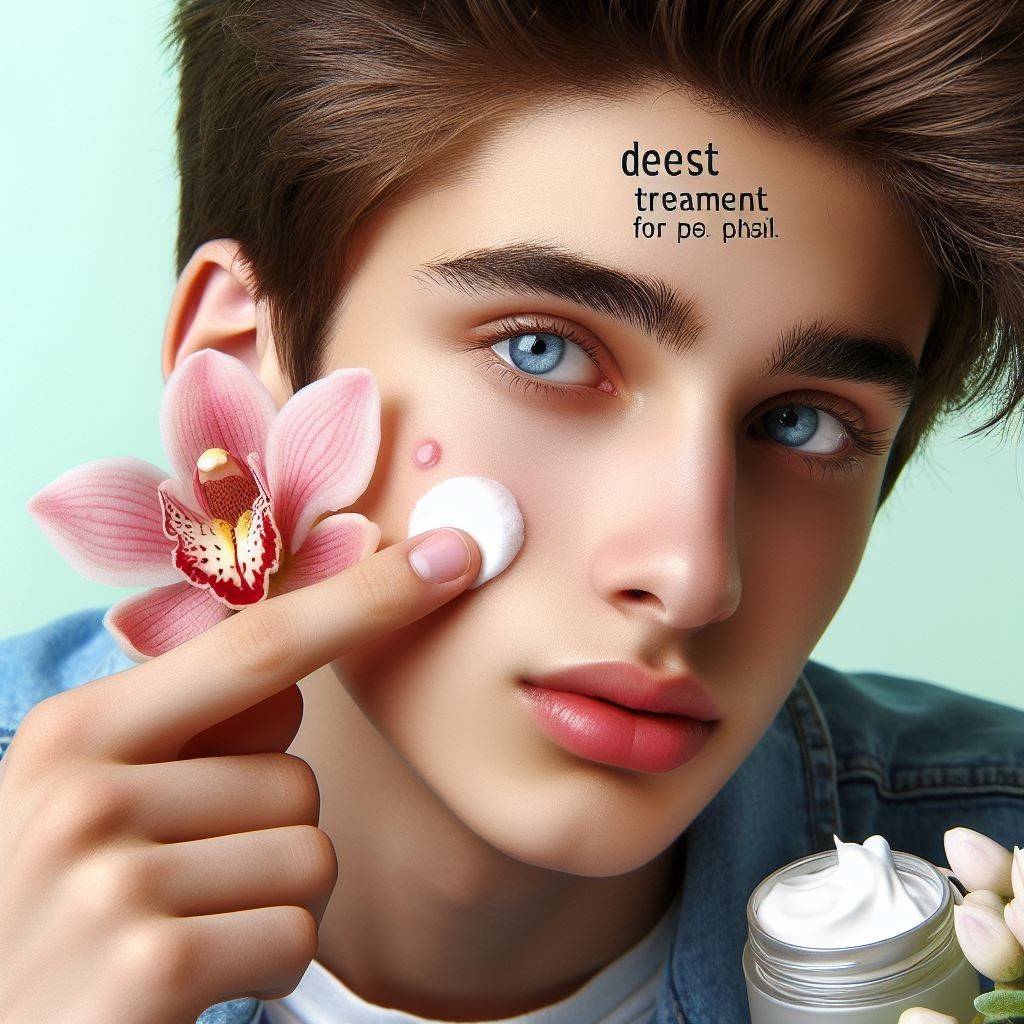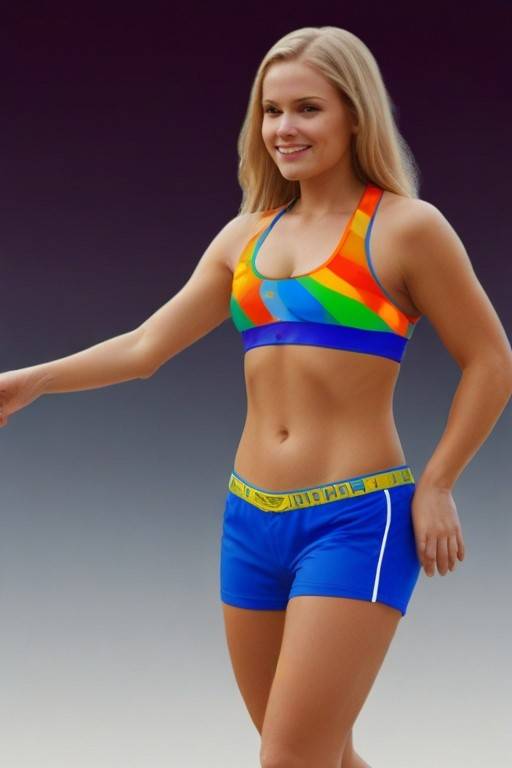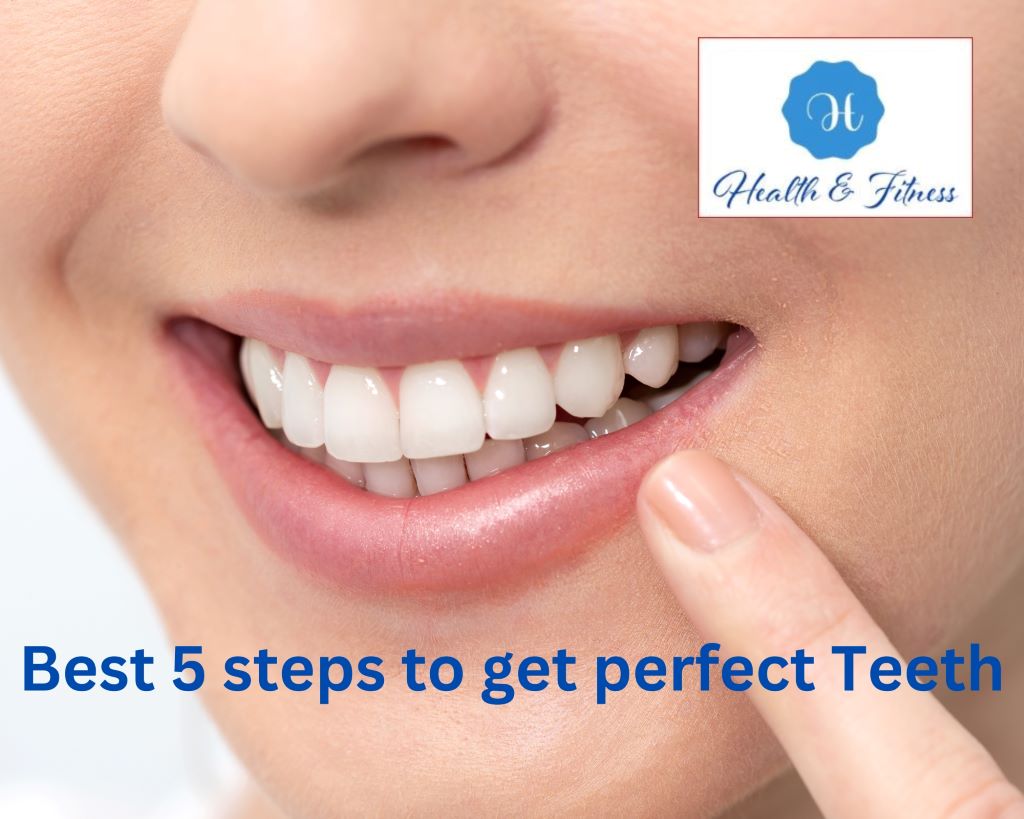Best Acne Treatment for Teens: Teen-Friendly Solutions Unveiled
Reveal Radiant Skin: Best Acne Treatment for Teens with Teen-Friendly Solutions
Discover the ultimate guide to clear skin! Unveil teen-friendly solutions with the best acne treatment for teens. Say goodbye to breakouts and hello to confidence.
Introduction
Acne is extremely common among teenagers, with over 85% of teens experiencing breakouts during puberty. While acne is normal during adolescence, it can still be frustrating and impact self-esteem. Finding the right acne treatment tailored for teens is key to clearing up breakouts. In this comprehensive guide, we will uncover the best acne treatment for teens to achieve clear, glowing skin.
Why Teens Get Acne
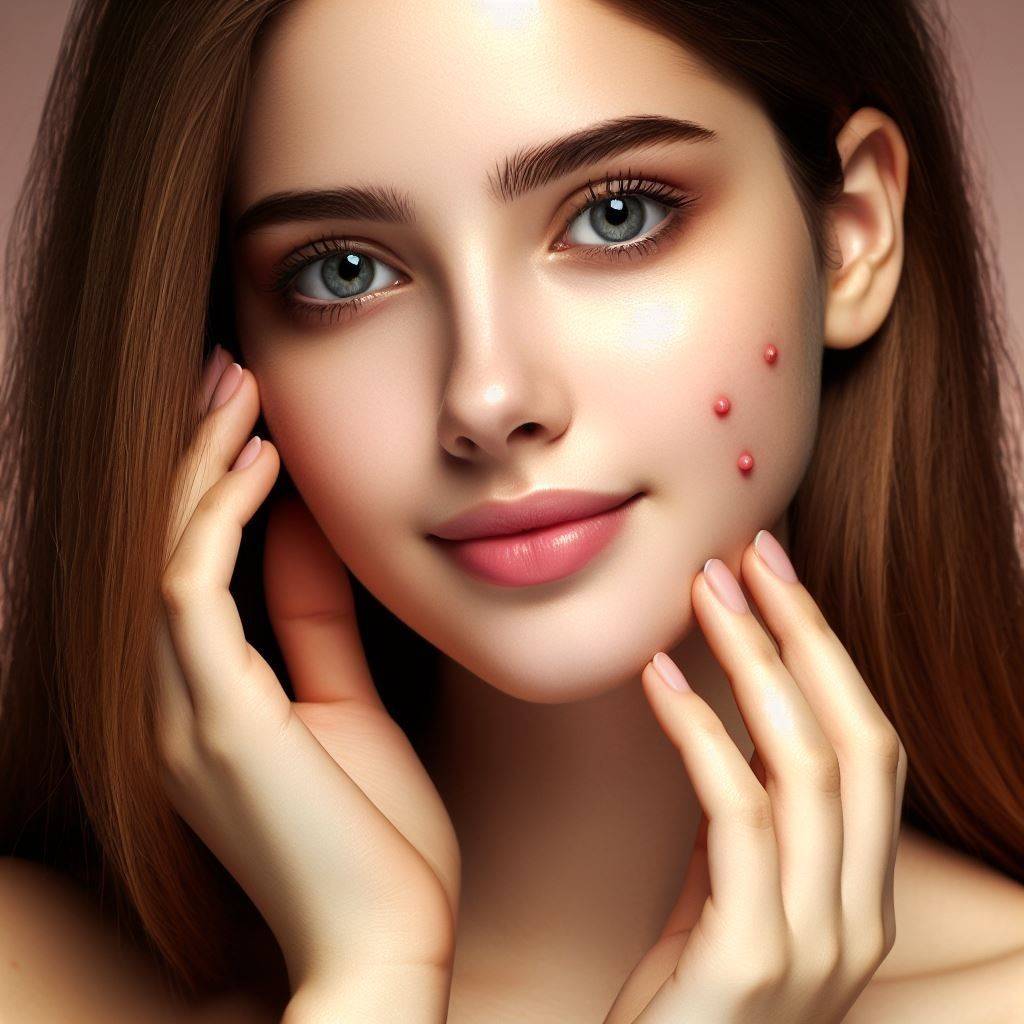
Before diving into the best acne treatment for teens, it’s helpful to understand why acne occurs in the first place. Several factors cause acne to flare up during the teenage years:
- Hormonal changes – When puberty hits, the body starts producing more oil and androgens. This overproduction of oil leads to clogged pores and breakouts.
- Bacteria – Acne is also caused by the bacteria Propionibacterium acnes, which lives deep inside follicles and contributes to inflammation.
- Genetics – Teens may be prone to acne if their parents have severe acne. Genetics plays a role in how sensitive the skin is to hormonal fluctuations.
- Stress – Increased stress levels during adolescence can worsen acne by increasing oil production and inflammation.
By understanding what’s happening beneath the skin, it becomes clear why most teens struggle with acne. Now let’s explore the best acne treatment for teens to address these root causes.
Best Acne Treatment for Teens
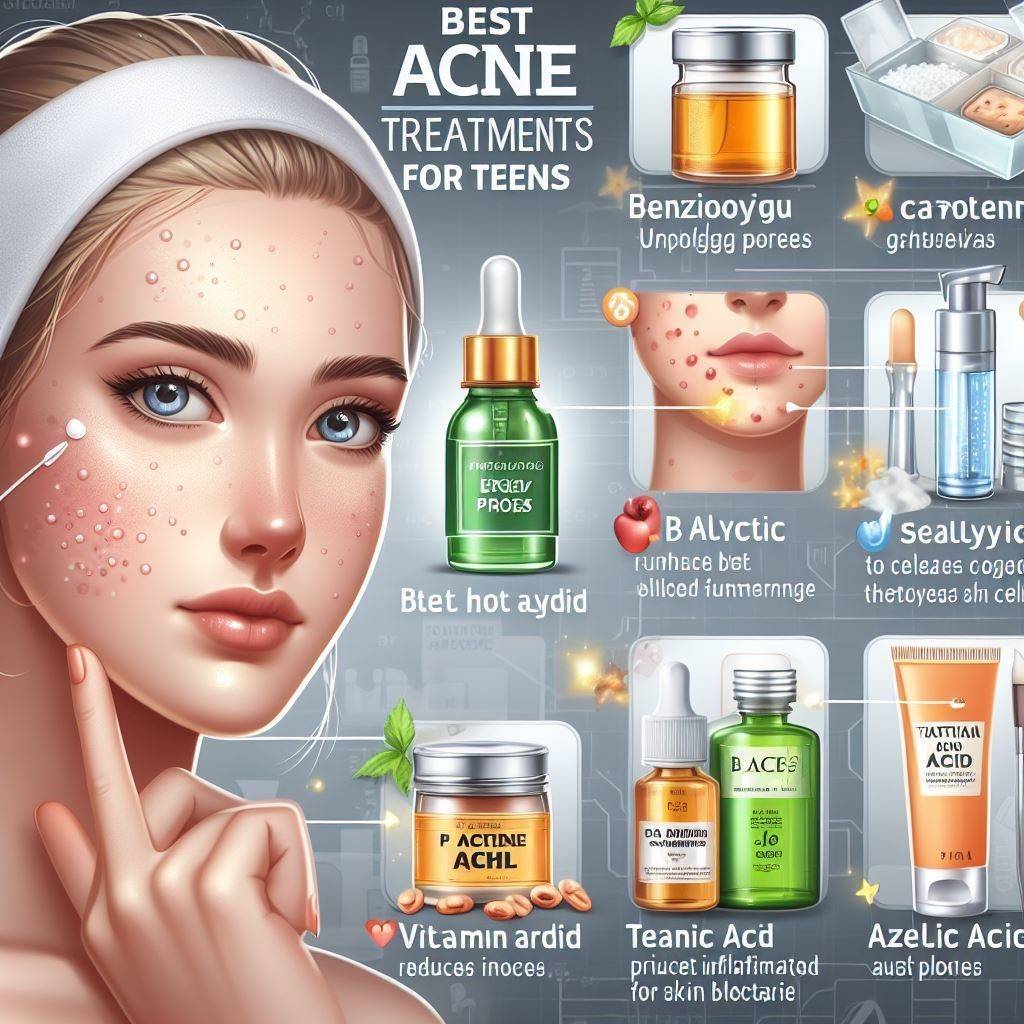
There are many acne products on the market, but not all are suitable for teenage skin. Here are the most effective over-the-counter (OTC) options tailor-made for teens:
- Benzoyl Peroxide – This antibacterial ingredient unplugs pores and reduces P. acnes bacteria.
- Salicylic Acid – A beta hydroxy acid (BHA) that exfoliates dead skin cells and clears pore blockages.
- Retinoids – Vitamin A derivatives that prevent clogged pores by speeding up skin cell turnover.
- Tea Tree Oil – A natural anti-inflammatory and antimicrobial extract that targets acne-causing bacteria.
- Azelaic Acid – Reduces inflammation and works similarly to benzoyl peroxide but with less irritation.
- Adapalene – A third-generation retinoid that is gentler than prescription-strength options.
These ingredients can be found in OTC washes, creams, and gels. Let’s now break down the best acne treatment for teens in more detail.
-
Benzoyl Peroxide
Benzoyl peroxide is one of the most effective OTC ingredients for treating acne. Here’s how it tackles breakouts:
- Kills acne-causing bacteria P. acnes.
- Helps remove excess oil and dead skin cells by exfoliating pores.
- Reduces inflammation.
Benzoyl peroxide comes in various percentages, typically ranging from 2.5% to 10%. Lower concentrations, around 2.5% to 5%, are ideal for teens since benzoyl peroxide can be quite drying and irritating at higher levels.
When using benzoyl peroxide, start out applying it once a day and gradually increase frequency if needed. Use a pea-sized amount and target problem areas like the forehead, nose, and chin where breakouts often occur.
Some great benzoyl peroxide product options for teens include:
- Clean & Clear Persa-Gel 10 Acne Medication – Contains the highest OTC concentration at 10% for moderate to severe acne.
- Neutrogena Rapid Clear Stubborn Acne Daily Leave-On Mask – A lightweight 5% benzoyl peroxide gel.
- Differing Daily Deep Cleanser – Has a gentle 5% benzoyl peroxide formula combined with glycolic acid.
-
Salicylic Acid
Salicylic acid is a beta hydroxy acid (BHA) that penetrates and exfoliates inside pores to prevent clogged pores and acne lesions. It has the following acne-fighting mechanisms:
- Unclogs pores by dissolving dead skin cells and oil buildup.
- Reduces inflammation caused by breakouts.
- Helps other acne medications penetrate deeper.
When looking for a salicylic acid product, opt for a concentration between 0.5% to 2% for daily use. Like benzoyl peroxide, start by applying salicylic acid once a day and increase to twice daily use if tolerated.
Some top salicylic acid products for teens include:
- CeraVe Acne Foaming Cream Cleanser – 4% salicylic acid combined with niacinamide and ceramides.
- La Roche-Posay Effaclar Medicated Gel Acne Wash – 2% salicylic acid gel cleanser ideal for oily skin.
- Paula’s Choice CLEAR Acne Body Spray – A 2% leave-on salicylic acid spray for treating back and chest acne.
-
Retinoids
Retinoids derived from vitamin A are highly effective at preventing and treating acne. They work by:
- Speeding up cell turnover to prevent dead skin buildup that clogs pores.
- Regulating oil production.
- Reducing acne inflammation.
Adapalene is a third-generation retinoid that treats acne with less irritation compared to stronger prescription retinoids like tretinoin. It’s available OTC at 0.1% strength under the brand name Differing Gel.
When using adapalene or any retinoid, begin by applying a thin layer 2 to 3 times per week, gradually increasing to daily use. Using a moisturizer can help curb dryness and peeling.
Below are some top retinoid products for teens:
- Differing Adapalene Gel 0.1% – The first OTC retinoid specifically developed for acne treatment.
- La Roche-Posay Effaclar Adapalene Gel 0.1% – Offers a retinoid formula with soothing spring water.
- CeraVe Skin Renewing Retinol Serum – A gentle retinol serum ideal for retinoid beginners.
-
Tea Tree Oil
Tea tree oil is a natural ingredient that fights acne in multiple ways:
- Has antibacterial compounds like terpinen-4-ol that kill P. acnes bacteria.
- Reduces skin inflammation with its anti-inflammatory properties.
- Unclogs pores and controls excess oil.
Look for acne products containing 5% tea tree oil, which is the concentration shown to be effective for acne. Some options include:
- The Body Shop Tea Tree Oil – 100% pure tea tree essential oil that can be diluted with a carrier oil before applying to the skin.
- Desert Essence Tea Tree Oil Facial Cleansing Pads – Pre-soaked pads with 5% tea tree oil for on-the-go use.
- Thursday Plantation Tea Tree Medic Plus Acne Gel – Lightweight acne gel with 5% tea tree oil and salicylic acid.
-
Azelaic Acid
Azelaic acid is a multi-tasking ingredient that fights acne by:
- Killing acne-causing bacteria.
- Reducing inflammation.
- Preventing keratin from building up inside follicles.
It can be used as an alternative to benzoyl peroxide for people whose skin is too sensitive to harsher ingredients. Azelaic acid is available OTC in strengths up to 10%.
Some recommended azelaic acid options include:
- Paula’s Choice 10% Azelaic Acid Booster – A highly concentrated serum to spot and treat blemishes.
- The Ordinary Azelaic Acid Suspension 10% – Budget-friendly azelaic acid with a creamy, fluffy texture.
- GIGI Bioplasma Azelaic Cream 15% – Higher percentage azelaic acid cream made specifically for acne.
-
Sulphur
Sulphur is an age-old acne remedy that works by:
- Absorbing excess oil.
- Killing P. acnes bacteria.
- Exfoliating and unclogging pores.
It has natural antibacterial and keratolytic properties. While sulphur has a strong smell, it is less irritating than ingredients like benzoyl peroxide.
Some sulphur acne products for teens include:
- De La Cruz Sulfur Ointment 10% – An effective and affordable sulphur ointment.
- Peter Thomas Roth Therapeutic Sulfur Masque Acne Treatment Mask – Sulfur clay mask that doubles as a spot treatment.
-
Niacinamide
Niacinamide is a form of vitamin B3 that regulates oil production while calming inflammation. It works well for teenage acne because it:
- Minimizes pores by reducing sebum production.
- Improves skin barrier function.
- Reduces inflammation and redness.
Niacinamide is gentle enough for daily use. It can be found in concentrations between 2-5%.
Some niacinamide products suited for teen acne:
- Olay Luminous Tone Perfecting Cream – Contains 4% niacinamide along with vitamins B3, C, and E.
- DERMA Doctor Wrinkle Revenge Rescue and Protect Eye Balm – Features 2% niacinamide to reduce under-eye puffiness.
- La Roche-Posay Effaclar Duo Acne Treatment – Niacinamide combined with salicylic acid for double the acne-fighting power.
-
Zinc
Zinc is a mineral with wound healing and anti-inflammatory abilities. For acne, it:
- Controls excess oil production.
- Reduces P. acnes bacteria.
- Calms inflammation.
Look for zinc in the form of zinc oxide, zinc PCA, or zinc gluconate in concentrations around 1-2%.
Some topical zinc products for teen acne:
- Clean & Clear Advantage Acne Control Kit – This 3-step system contains zinc PCA.
- Neutrogena Rapid Tone Repair Acne Dark Spot Corrector – Features zinc PCA along with vitamin C.
- La Roche-Posay Effaclar Duo Acne Treatment – Zinc gluconate combined with niacinamide.
-
Clindamycin
Clindamycin is an antibiotic ingredient that stops the growth of acne-causing bacteria. It comes as a topical gel, solution, lotion, or foam.
Some clindamycin options suited for teens:
- Clindagel Topical Gel 1% – The most common clindamycin product, available by prescription.
- Cleocin T Topical Solution 1% – A popular prescription clindamycin solution.
- Acanya Gel – Contains clindamycin with benzoyl peroxide. Requires a prescription.
While effective, oral antibiotics like doxycycline are not first-line for teens since long-term use can cause antibiotic resistance. Topical clindamycin is gentler yet still reduces p. acnes bacteria.
-
Dapsone Gel
Dapsone gel 5% is a prescription topical antibiotic that works similarly to clindamycin. It has antimicrobial and anti-inflammatory properties that make it effective for inflammatory acne.
Dapsone gel may be preferred for teens with more irritated, sensitive skin. Potential side effects are rare but may include dryness, itching, and redness.
-
Spironolactone
Spironolactone is an oral prescription drug sometimes used off-label for treating hormonal acne in teen girls. It blocks androgens like testosterone from triggering breakouts.
Oral contraceptives containing estrogen/progestin may also be prescribed to balance hormones. These medications require close medical supervision from a dermatologist or pediatrician.
-
Light Therapy
Light therapy uses LED lamps emitting blue or red light to kill acne bacteria while reducing inflammation. Models designed for at-home use, like the Neutrogena Light Therapy Acne Mask, are safe, gentle options.
In-office light treatments like IPL photo facials may also be helpful for teens with recurring cystic breakouts. Always consult a dermatologist before trying any medical light devices.
-
Chemical Peels
Chemical peels with gentle acids like salicylic acid or glycolic acid can be beneficial for teens struggling with acne scars and pigmentation. Light peels remove the top damaged layer of skin to reveal smoother, clearer skin.
Some teen-friendly chemical peel options:
- The Ordinary AHA 30% + BHA 2% Peeling Solution – A strong at-home peel with alpha hydroxy acids (AHAs) and salicylic acid.
- IMAGE Skincare VITAL C Hydrating Anti-Aging Serum – Contains lactic and salicylic acid for a mild peel and brightening effect.
- Dermstore Beta Blue Peel Pads – Pre-filled glycolic and salicylic acid peel pads for acne scars.
Always start slowly with chemical peels just once a week and stop immediately if irritation develops. Protect skin with SPF 30+ afterward.
Lifestyle Tips for the Best Acne Treatment for Teens
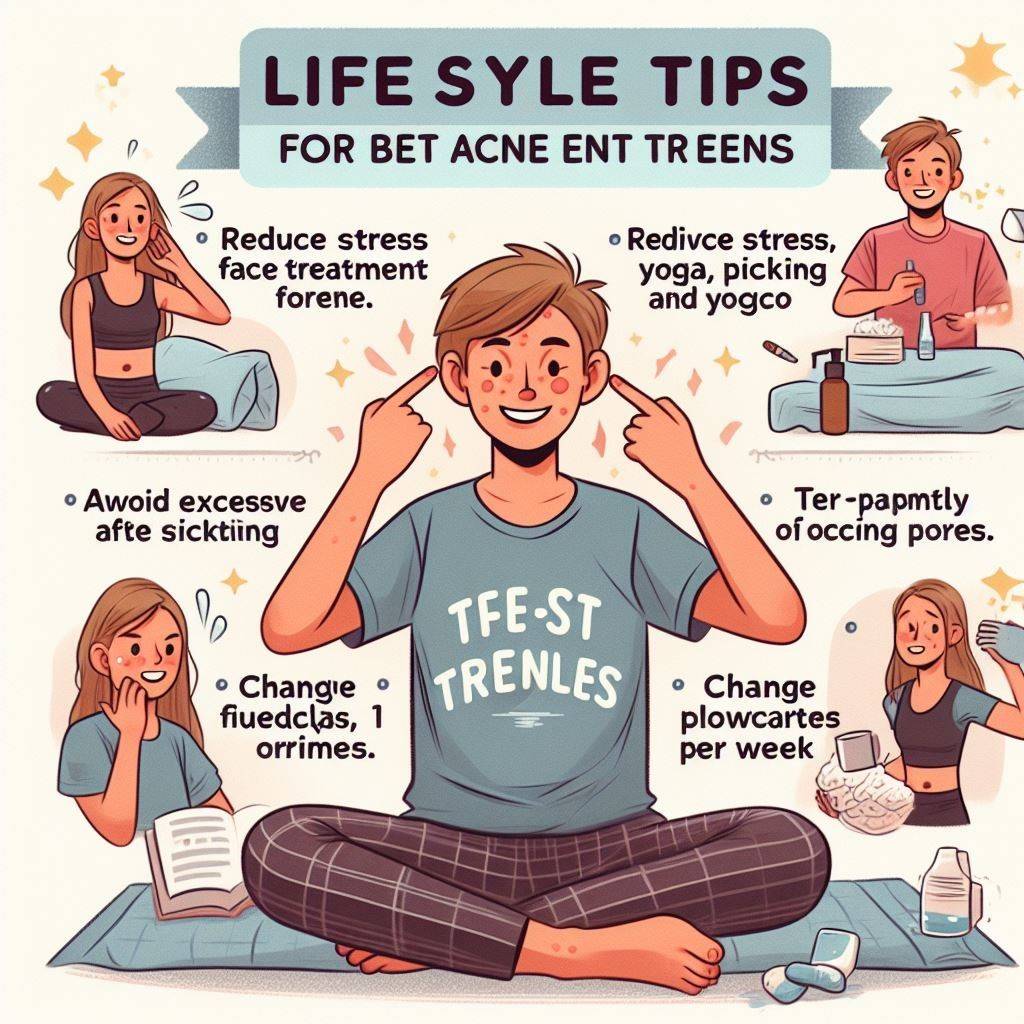
A solid acne skincare routine is key for teens, but making certain lifestyle changes can also improve breakouts:
- Reduce stress through exercise, meditation, yoga, or just having fun with friends. High stress worsens acne.
- Avoid excessive face touching/picking to prevent the spreading of bacteria and inflammation. Don’t pop pimples.
- Rinse off after sweating and wear breathable fabrics to prevent clogged pores.
- Change pillowcases 1-2 times per week to avoid reapplying bacteria and oils.
- Drink plenty of water to keep your skin hydrated and flush out toxins.
- Take a daily probiotic to balance gut bacteria, which may impact acne.
- Eat more fruits and vegetables for essential vitamins, minerals, and antioxidants that support clear skin.
With the right acne regimen tailored for teens, along with some lifestyle adjustments, it’s possible to achieve smooth, radiant skin even during the hormone-fluctuating adolescent years. Patience is key, as it may take a few months to see significant clearing, but finding an effective best acne treatment for teens routine is well worth the effort.
The Bottom Line
Teenage acne is extremely common but can still be difficult to manage. Hormonal fluctuations, bacteria, oil production, genetics, and stress all contribute to breakouts.
Finding the right acne solutions suited for teenage skin is crucial for clear skin. Effective over-the-counter ingredients include benzoyl peroxide, salicylic acid, retinoids, tea tree oil, and azelaic acid. Mild prescription options like topical antibiotics and spironolactone may also help in stubborn cases.
Along with the proper acne treatment regimen, healthy lifestyle habits like managing stress, changing pillowcases, and eating a nutrient-rich diet benefit teenage skin. With consistent use of the best acne treatment for teens and some added lifestyle adjustments, teens can achieve clear, glowing skin even during acne-prone years.

